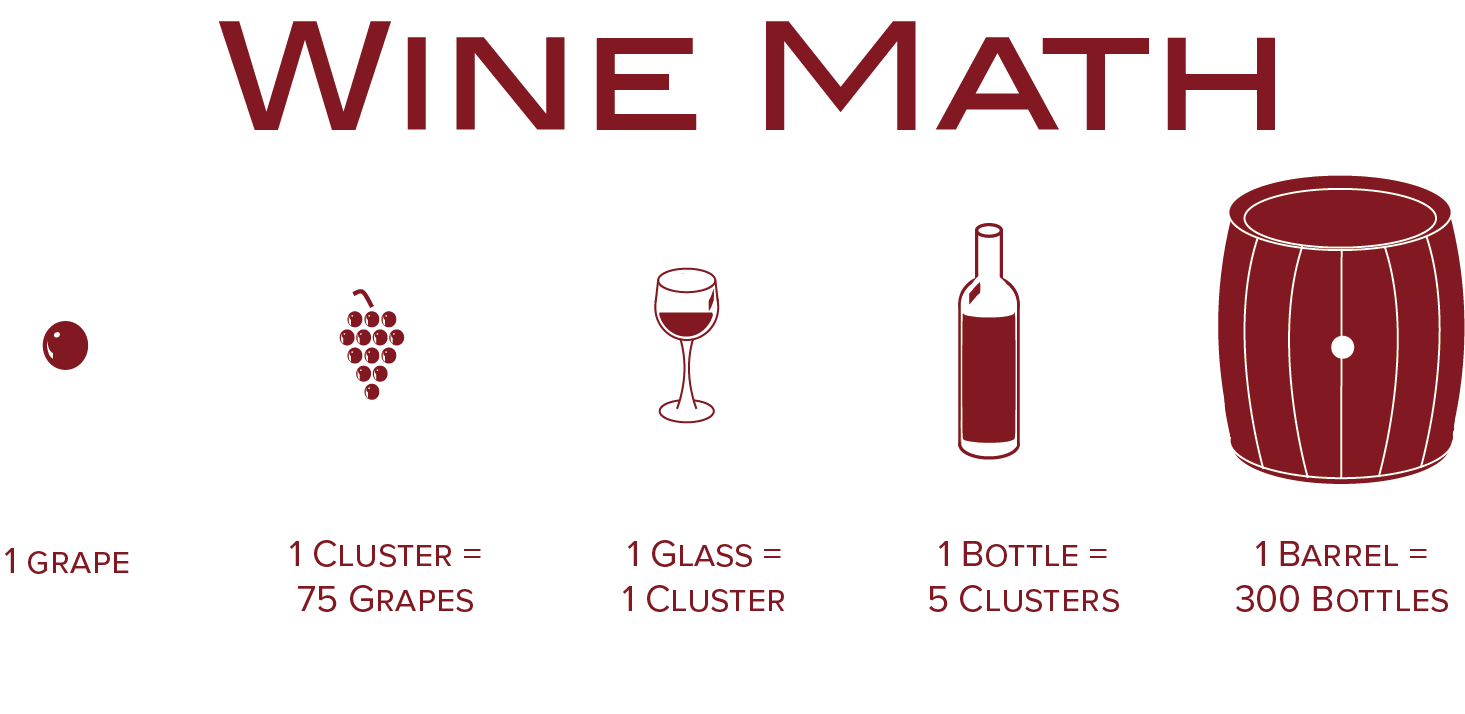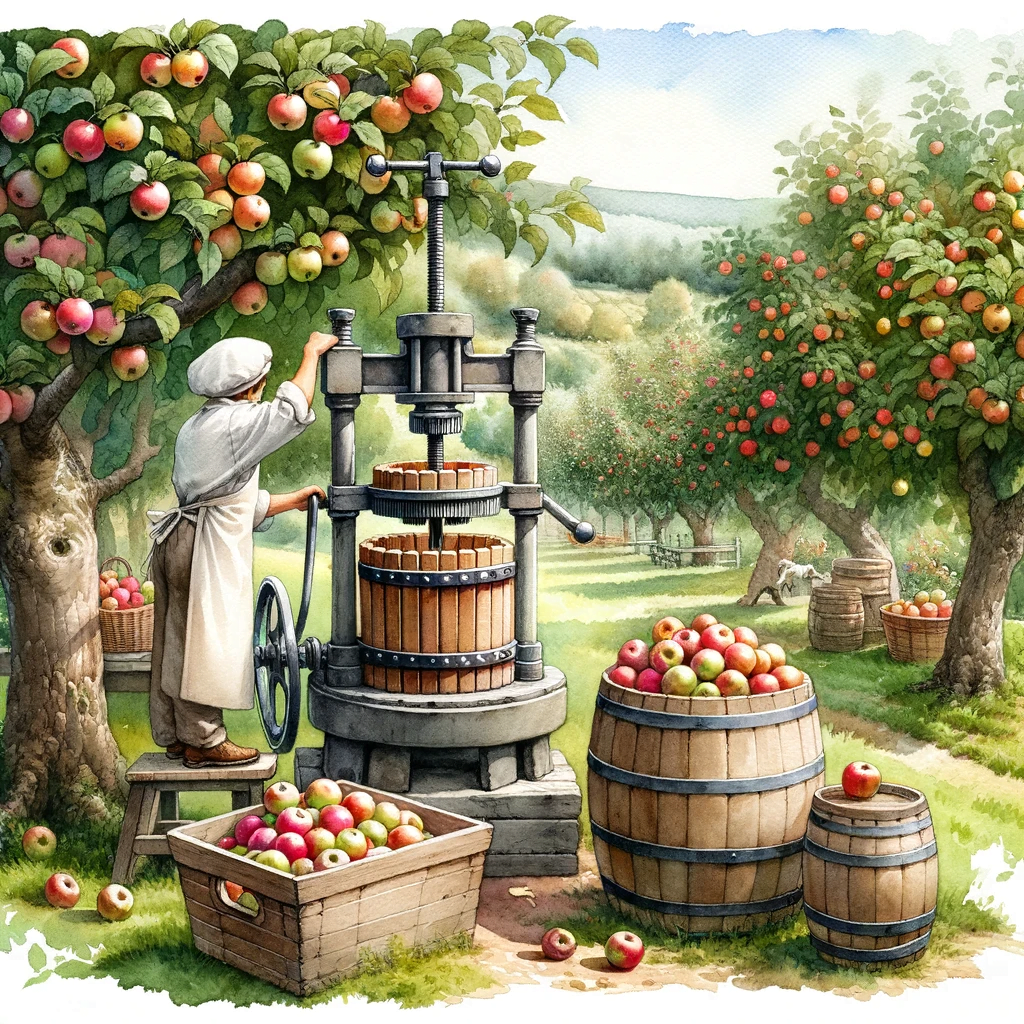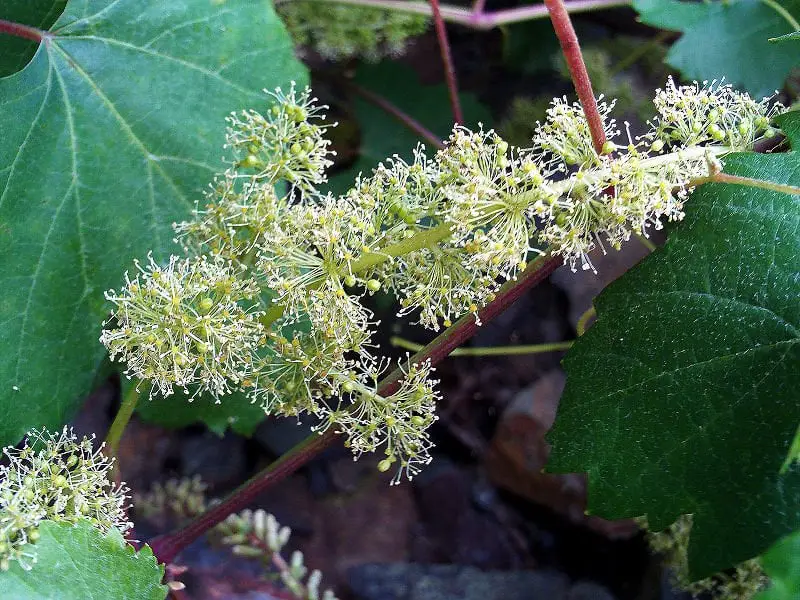So you’ve brought home a basket full of beautiful pears, but now the question looms – how do you know when they are ripe and ready to be enjoyed? In this article, we’ll guide you through the process of determining the perfect ripeness of pears, sharing helpful tips and signs to look out for. Whether you’re a seasoned fruit lover or new to the world of pears, by the end of this article, you’ll be able to confidently pick out ripe pears that are bursting with flavor and ready to be savored.

Visual Cues
When it comes to determining the ripeness of pears, visual cues play a crucial role. By carefully observing the color, texture, shape, and size of the fruit, you can gather valuable information about its readiness to be enjoyed.
Color
One of the first visual cues to consider is the color of the pear’s skin. Depending on the variety, ripe pears will exhibit different shades. For example, Bartlett pears transform from bright green to a vibrant yellow when fully ripe. Anjou pears, on the other hand, maintain a green hue even when they are ready to eat. Take note of any changes in color and consult a guide specific to the variety you are dealing with.
Texture
Another visual cue to pay attention to is the texture of the pear’s skin. Gently run your fingertips across the surface. When the pear is ready to be consumed, the skin should feel smooth and free of any blemishes or bruises. Avoid pears with excessively wrinkled or rough skin, as this may indicate overripeness or poor quality.
Shape and Size
The shape and size of the pear can also provide valuable information about its ripeness. Most pears reach their peak ripeness when they are slightly soft, but not overly mushy. Feel the pear and check for a gentle give when you apply light pressure. Additionally, observe the overall shape of the fruit and make sure it is symmetrical. Irregular shapes or substantial deformities may be indicative of a pear that is past its prime.
Touch Test
Engaging your sense of touch can offer further insights into the ripeness of pears. By evaluating various aspects such as firmness, give, and smoothness, you can effectively gauge the readiness of the fruit.
Firmness
To assess the firmness of a pear, gently press your thumb against the flesh at the stem end. A ripe pear should yield slightly under pressure without being too soft. If the pear feels firm or hard, it is likely not yet ripe. Conversely, if the flesh feels excessively soft or mushy, the pear may be overripe.
Give
In addition to firmness, the concept of “give” is useful in evaluating the ripeness of pears. Apply gentle pressure to the neck or the narrow end of the pear. If it yields slightly when pressed, it is a good indication that the pear is ripe and ready for consumption.
Smoothness
When handling a pear, pay attention to its overall texture. Ripe pears should feel smooth to the touch, with no areas of roughness or excessive soft spots. Avoid pears with surface irregularities, as they may be an indication of undesirable qualities or potential spoilage.
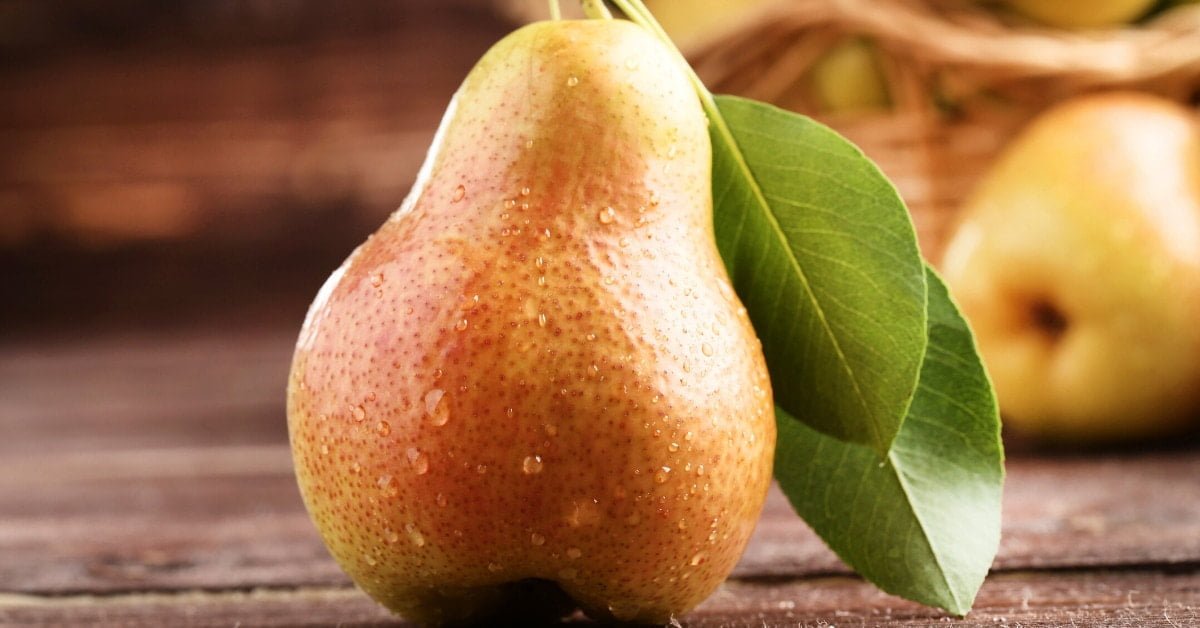
Smell and Aroma
Engaging your sense of smell is another effective way to determine the ripeness of pears. By detecting the presence of fresh fragrances and sweet aromas, you can gain insights into the fruit’s readiness.
Fresh Fragrance
Take a moment to inhale the aroma of the pear, paying close attention to any fresh fragrances. Ripe pears often emit a sweet, floral scent that is characteristic of their readiness. If the pear does not possess any distinct fragrance, it may not yet be ripe or could be of lower quality.
Sweet Aroma
In addition to fresh fragrances, a ripe pear will also have a sweet aroma. This pleasant scent is a result of the fruit’s natural sugars reaching their peak concentration. Inhale deeply and look for a sweet and inviting scent. If the aroma is lacking or appears off, the pear may not be fully ripe or could be past its prime.
Stem Check
The stem of a pear can provide valuable information about its ripeness. By employing the twisting method, performing a horizontal lift, and assessing stem detachment, you can effectively evaluate the fruit’s readiness.
Twisting Method
To determine the ripeness of a pear using the twisting method, gently hold the fruit with one hand and twist the stem with the other. If the stem easily detaches from the fruit with a slight twist, it indicates that the pear is ripe and ready to be enjoyed. If the stem does not detach or requires significant force, the pear may still be underripe.
Horizontal Lift
Another way to check the ripeness of a pear is by performing a horizontal lift. Hold the pear horizontally and gently lift it by applying pressure to the stem. If the stem breaks away from the fruit, it is a positive indication that the pear is ripe and at its optimal stage of maturity. If the stem remains intact or resists separation, the pear is likely not yet ready to be consumed.
Stem Detachment
Lastly, assess the stem detachment of the pear. A ripe pear will have a clean break, with no remnants of the stem left behind. Inspect the area where the stem met the fruit and make sure it is neat and free of any dried or shriveled material. If there are signs of stem remnants or excessive dryness, it may suggest that the pear is not completely ripe or has been mishandled.
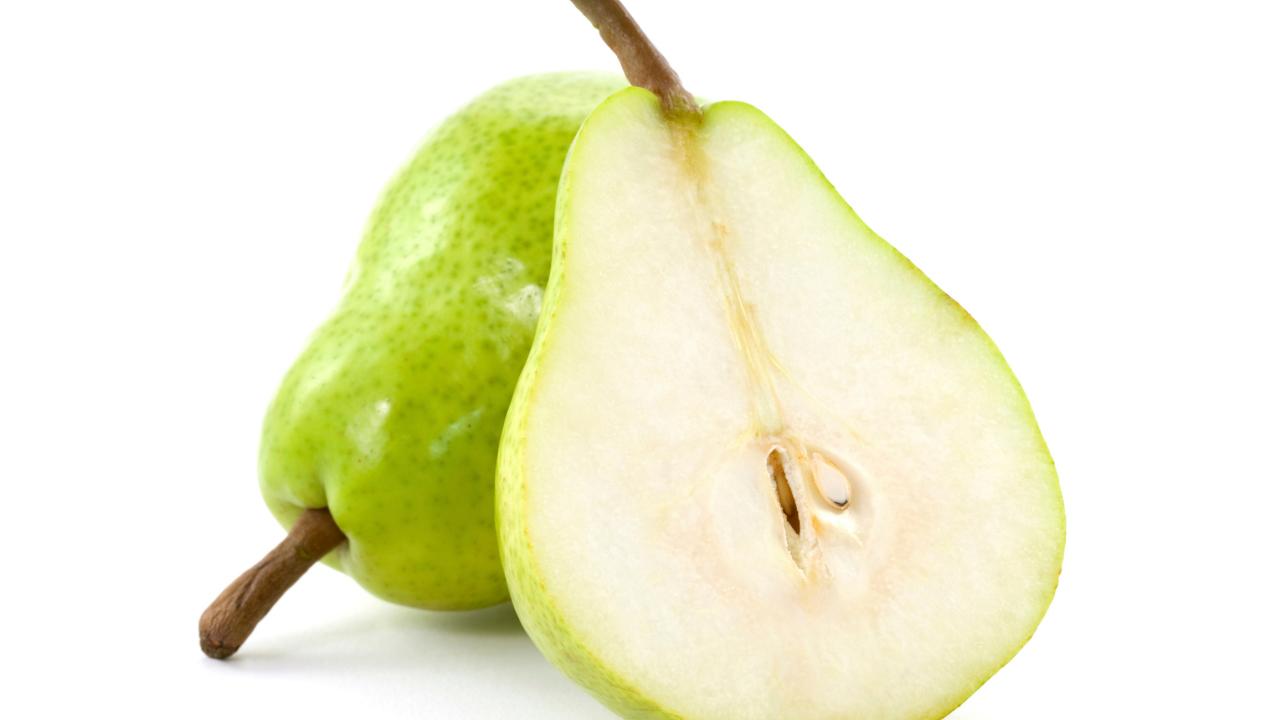
Ripening Time
Understanding the ripening time of pears is crucial in determining when they are ready to be eaten. Factors such as pear variety and ripening stages contribute to the overall maturity of the fruit.
Pear Variety
Different pear varieties have varying ripening times. It is essential to know the specific characteristics of the variety you are working with. For example, Bartlett pears are known for their rapid ripening, often transforming from firm and green to soft and yellow in a relatively short period. On the other hand, Anjou pears ripen more slowly, maintaining their green color even when they are at their peak. Consult a comprehensive guide or reference material to understand the specific ripening time of the pear variety in question.
Ripening Stages
Pears progress through several ripening stages before reaching their optimal point for consumption. These stages include being hard and unripe, firm and mature, and finally, soft and ready to eat. It is important to consider how long the pear has been off the tree since harvesting, as this can influence its ripening progress. Monitor the pear’s transformation and conduct regular checks to ensure you catch it at the ideal ripening stage for your preferences.
Squeeze Test
By employing the squeeze test, you can further assess the ripeness of a pear. Pay attention to gentle squeezing, uniform yield, and avoiding overly soft pears.
Gentle Squeeze
To perform the gentle squeeze test, cup the pear in your hand and apply light pressure around the middle portion of the fruit using your fingers. A ripe pear will exhibit a slight give in response to the pressure. If the pear remains firm or resists any squeezing, it is likely not yet ripe. Conversely, if the fruit feels excessively soft or easily yields to pressure, it may be overripe.
Uniform Yield
When conducting the squeeze test, it is important to notice whether the pear yields uniformly or exhibits variations in firmness. A ripe pear will give way uniformly when pressure is applied and feel consistent throughout. In contrast, an underripe pear may be firm in certain areas while remaining unyielding in others. Aim for a pear that yields evenly, indicating its overall ripeness.
Avoid Overly Soft Pears
While a certain level of softness is desired in a ripe pear, it is essential to avoid pears that are overly soft or squishy. These pears may be overripe and may have started to deteriorate. When squeezing the pear, be cautious of excessive softness or a lack of resistance. Such pears may have a diminished texture and compromised flavor.
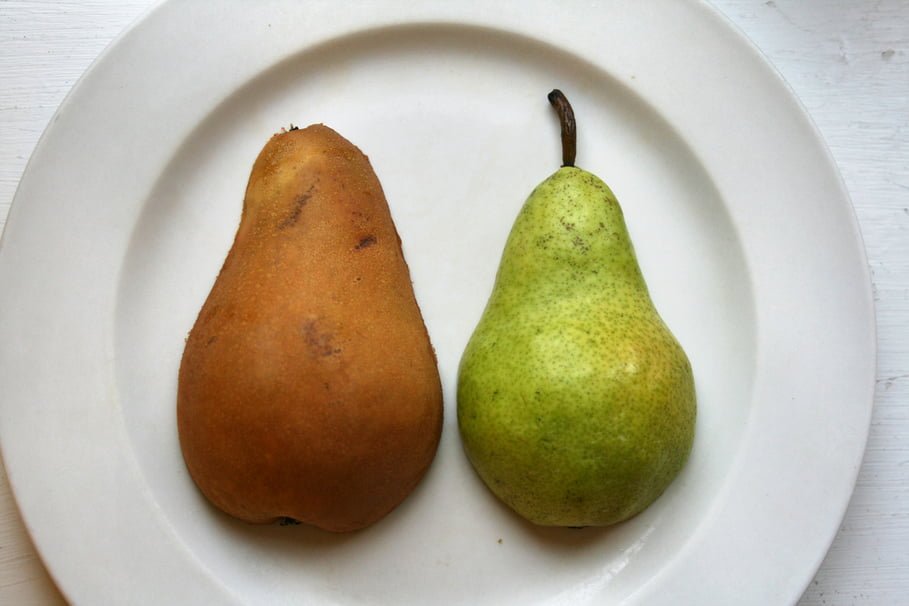
Taste Test
Ultimately, the best way to determine if a pear is ripe is through a taste test. Assess the juiciness and the flavorful taste to confirm the fruit’s ripeness.
Juiciness
When biting into a ripe pear, you can expect a burst of juiciness. Ripe pears are known for their succulent flesh that fills your mouth with flavor. If the pear lacks juiciness or feels dry, it may still be underripe. On the other hand, if the pear is excessively watery or mushy, it may have become overripe.
Flavorful Taste
The flavor of a ripe pear should be sweet, with subtle hints of tartness depending on the variety. The sugars present in the fruit should have reached their peak, resulting in a delightful taste. Take a bite and savor the flavor, paying attention to any nuances or complexities. If the flavor is lacking or has an off-putting taste, it may suggest that the pear is not yet ripe or has passed its prime.
Ripening Factors
Understanding the various factors that contribute to the ripening process of pears can assist you in determining their readiness. Ethylene gas and room temperature play significant roles in the fruit’s maturation.
Ethylene Gas
Ethylene gas is a naturally occurring plant hormone that aids in the ripening of fruits, including pears. The presence of this gas can accelerate the ripening process, making it essential to consider when determining the fruit’s readiness. Pears emit ethylene gas as they ripen, which can affect the ripening of other fruits in close proximity. Utilize this knowledge to your advantage by separating ripe and unripe fruits to prevent overripening or spoilage.
Room Temperature
Room temperature plays a crucial role in the ripening of pears. Keep in mind that refrigeration can slow down the ripening process, while placing pears in a warmer environment can accelerate it. Adjust the room temperature based on your desired ripening timeline. If you wish to enjoy the pears sooner, place them in a slightly warmer area. Conversely, if you want to delay the ripening process, store them in a cooler environment.
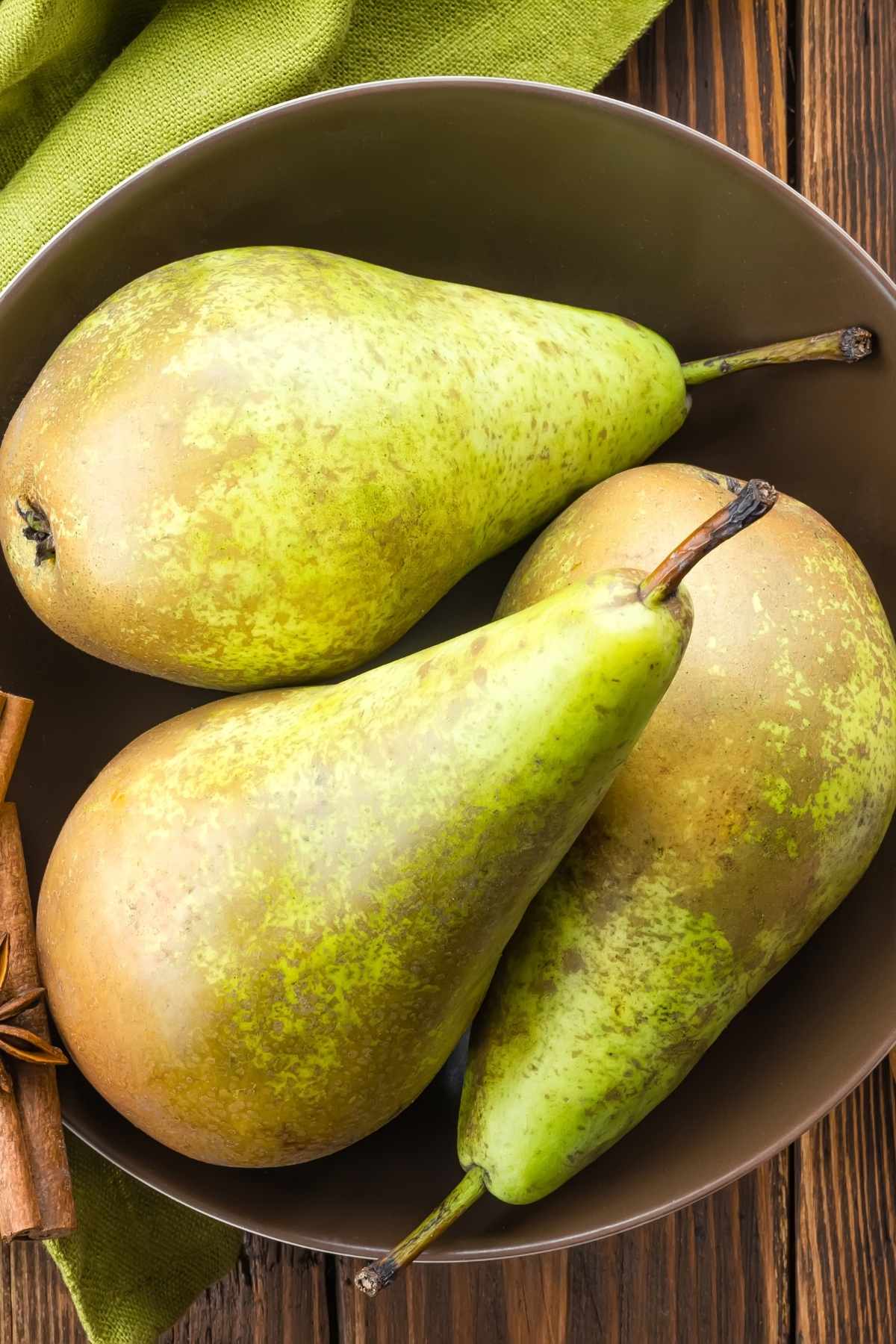
Storage Practices
Proper storage of pears can extend their shelf life and ensure their optimal ripening conditions. Consider refrigeration tips and the use of a paper bag to achieve the desired level of ripeness.
Refrigeration Tips
To prolong the shelf life of pears and maintain their quality, refrigeration is a useful technique. Place ripe or nearly ripe pears in the refrigerator to slow down the ripening process. Cold temperatures will help preserve the fruits, allowing you to enjoy them over a more extended period. However, be aware that refrigerated pears can become mealy or lose some of their flavor. It is best to consume them within a few days of refrigeration.
Ripening in Paper Bag
If you have unripe pears that you wish to ripen quickly, consider utilizing a paper bag. Place the pears in the bag and fold the opening closed to create an enclosed environment. The pears will release natural ethylene gas, which will expedite the ripening process. Monitor the pears closely, checking their progress regularly to ensure that they do not become overripe. Once the desired level of ripeness is achieved, transfer the pears to the refrigerator or enjoy them immediately.
Harvest Time Indicators
Understanding the indicators that determine the optimal harvest time for pears can greatly aid in determining their ripeness. Consider firmness near the stem and external color change as key indicators.
Firmness near Stem
To ascertain the appropriate harvest time for pears, pay attention to the firmness near the stem. If the area around the stem begins to yield slightly when pressed, it is a reliable indicator that the fruit is ready for harvest. Take note of any significant changes in the firmness near the stem and use it as a guideline for future harvests.
External Color Change
External color change is another reliable indicator of the pear’s readiness for harvest. As the fruit matures, the color of the skin will begin to change. Different pear varieties exhibit various color shifts, so be familiar with the specific changes associated with the variety you are dealing with. Through careful observation, you can determine when the color has reached its optimal stage, signaling the perfect time for harvest.
By considering the visual cues, conducting the touch test, evaluating the smell and aroma, checking the stem, understanding the ripening time, performing the squeeze test, conducting a taste test, recognizing the ripening factors, implementing proper storage practices, and understanding the harvest time indicators, you can confidently determine the ripeness of pears. Use these comprehensive guidelines to ensure that you enjoy your pears at their peak of flavor and quality.

